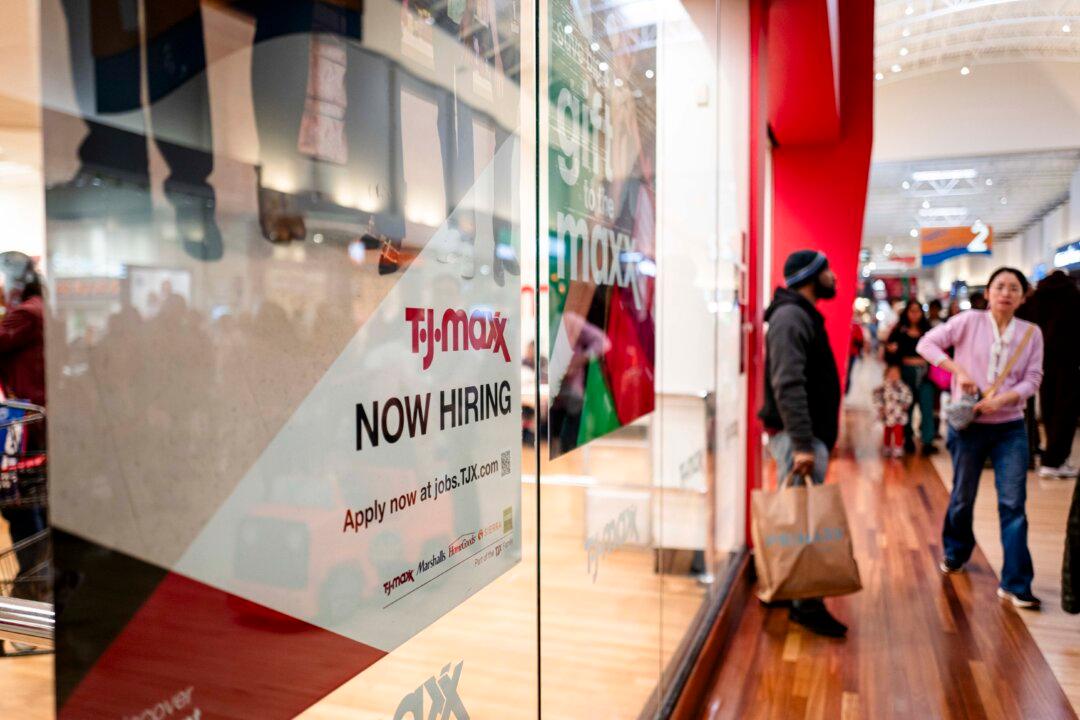The worldwide public health crisis and the Ukraine–Russia military conflict have affected the global supply chain, spotlighting its vulnerability in today’s environment. Will the fresh COVID-19 outbreaks and war in Eastern Europe result in a great reshuffling of the international supply chain?
In the aftermath of the COVID-19 pandemic’s first and second waves, a large number of companies announced efforts to abandon their “Made in China” ways, shifting operations away from China and establishing new facilities in India, Vietnam, and other regional low-wage markets.





